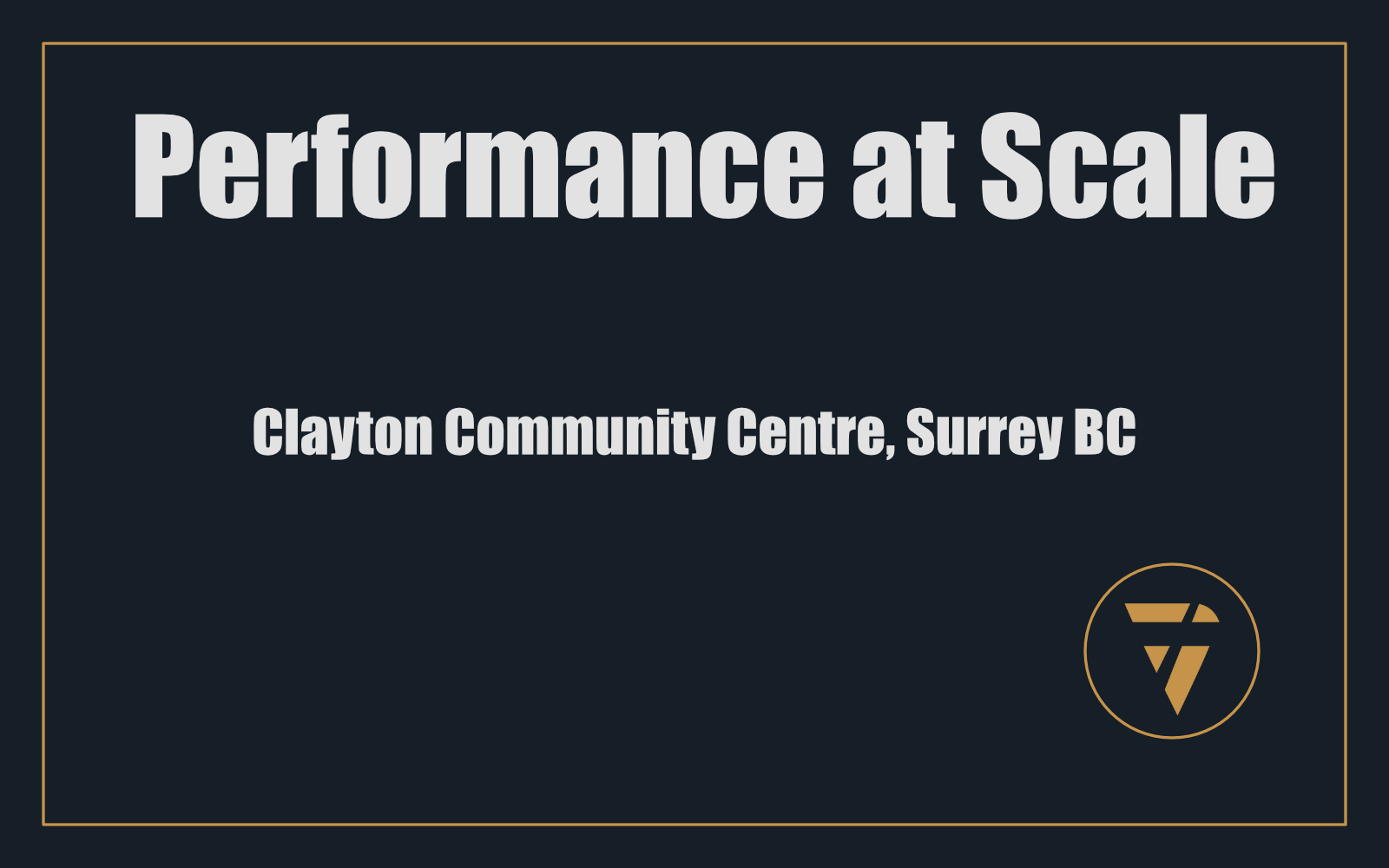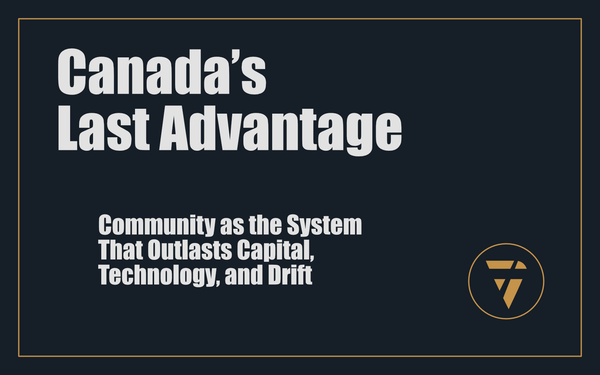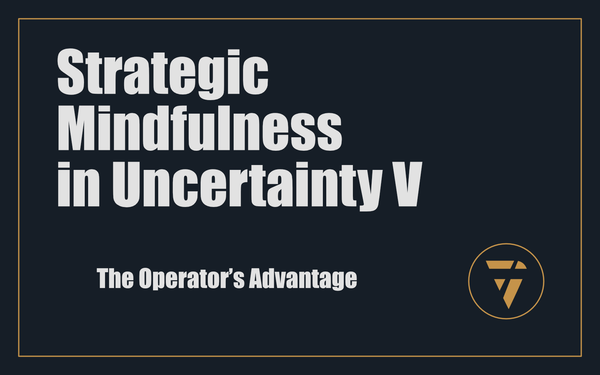Performance at Scale

Clayton Community Centre, Surrey BC
When people think Passive House, they imagine single-family homes: a carefully built rancher in BC, a tight townhouse in Ontario, or a retrofit in Quebec. Small, residential, boutique.
The skepticism is always the same: “That might work for houses. But not for institutions. Not at scale.”
Clayton Community Centre in Surrey, BC, is the building that killed that excuse.

Situation: A Landmark in Commercial Passive House
Clayton Community Centre is not just a building. It is Canada’s largest Passive House facility—a 76,000 square foot, multi-use community hub that includes a library, childcare spaces, art studios, a gymnasium, fitness areas, and offices.
It is also the first community centre in North America designed and certified to the Passive House standard.
The City of Surrey didn’t just want an efficient building. They wanted a flagship of resilience, a public asset that would serve thousands daily while consuming 90% less energy than comparable buildings.
In scale, in visibility, in impact—Clayton is a landmark.
Problem: Skepticism at Scale
Before Clayton, Passive House in Canada was primarily a residential story. The perception was clear:
- “Passive House is great for private homes.”
- “But community centres, schools, libraries? Too big, too complex.”
- “The mechanical systems will be enormous.”
- “The costs will explode.”
The bias was that institutions required compromise—big HVAC systems, large energy loads, and continuous operational costs. The thought of hitting Passive House metrics at this scale seemed impractical, if not impossible.
Clayton changed that.
Solution: Passive House at Civic Scale
The design and construction of Clayton Community Centre prove that Passive House principles scale.
- Envelope First
The massive facility was designed with a super-insulated, airtight building envelope—just like a house, but scaled up. The airtightness test results were exceptional, proving discipline at scale. - High-Performance Glazing
Strategically placed triple-glazed windows optimized daylight while controlling solar gain, reducing the need for artificial lighting and cooling. - Thermal-Bridge-Free Detailing
The building structure was carefully designed to avoid weak points—no hidden bridges, no comfort losses, no long-term durability risks. - Ventilation with Heat Recovery
A central ventilation system, equipped with high-efficiency heat recovery, supplies clean, tempered air to every corner of the building. This creates consistent comfort across diverse spaces, from the library to the gymnasium. - Energy Savings Proven
The outcome: the Clayton Community Centre consumes 90% less energy than a conventional building of its size. Operational savings are permanent. Comfort is universal. Performance is verified.
This isn’t theory. It’s a functioning public building, in use daily by thousands, that proves Passive House works beyond residential.
Consequence: The Death of “Too Big”
Clayton is more than a building. It's proof of concept at scale.
- For policymakers, it eliminates excuses. If a city can build a 76,000 square foot community centre to Passive House standards, then schools, libraries, and hospitals can follow.
- For builders, it demonstrates discipline. The airtightness, insulation, and detailing that work for houses work for civic buildings—if executed rigorously.
- For residents, it provides a lived experience: comfort, quiet, clean air, and community spaces that feel better.
Clayton didn’t just raise the bar—it destroyed the perception that Passive House is “too small to matter.”
Why It Matters
Public buildings are more than square footage—they are statements. Every community centre, school, or library built today will stand for 50–100 years. Build them fragile, and they bleed money, energy, and resilience for generations. Build them to Passive House, and they become anchors of stability, efficiency, and health for decades.
Clayton shows what’s possible. And now that it exists, the argument “it can’t be done” is gone.
Here’s your lever: the Clayton Community Centre proves Passive House is not a niche for homeowners—it's a civic standard. The only question left is whether Canada will follow Surrey’s lead, or keep building fragile public liabilities that waste taxpayer money and fail the people they’re meant to serve.
This is what I’m working on. Tell me what you think, I enjoy the conversation! Subscribe and follow the work in real time.
Thanks!
B

They said Passive House was only for homes.
Clayton Community Centre proved them wrong.
76,000 sq ft.
90% less energy.
Thousands served daily.
There are no more excuses.
PS -







